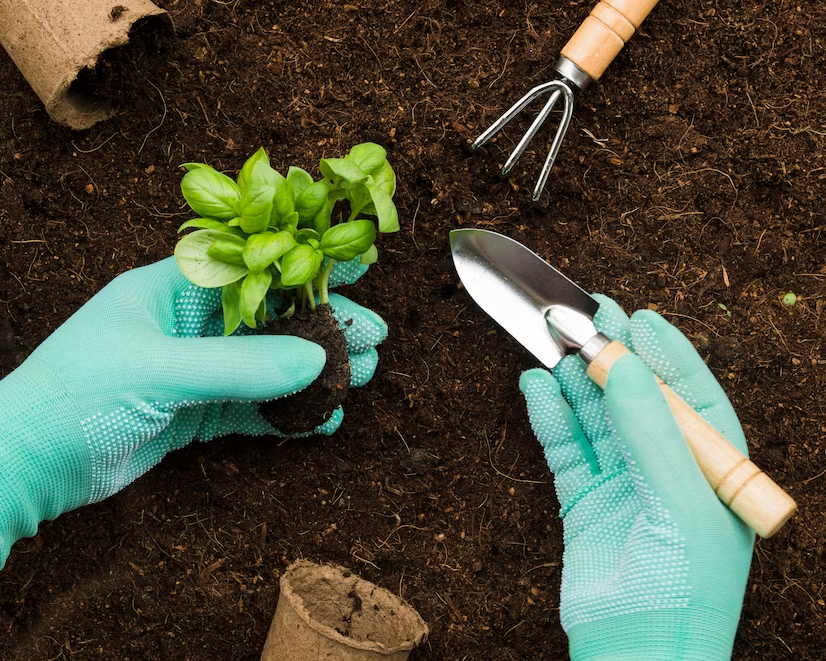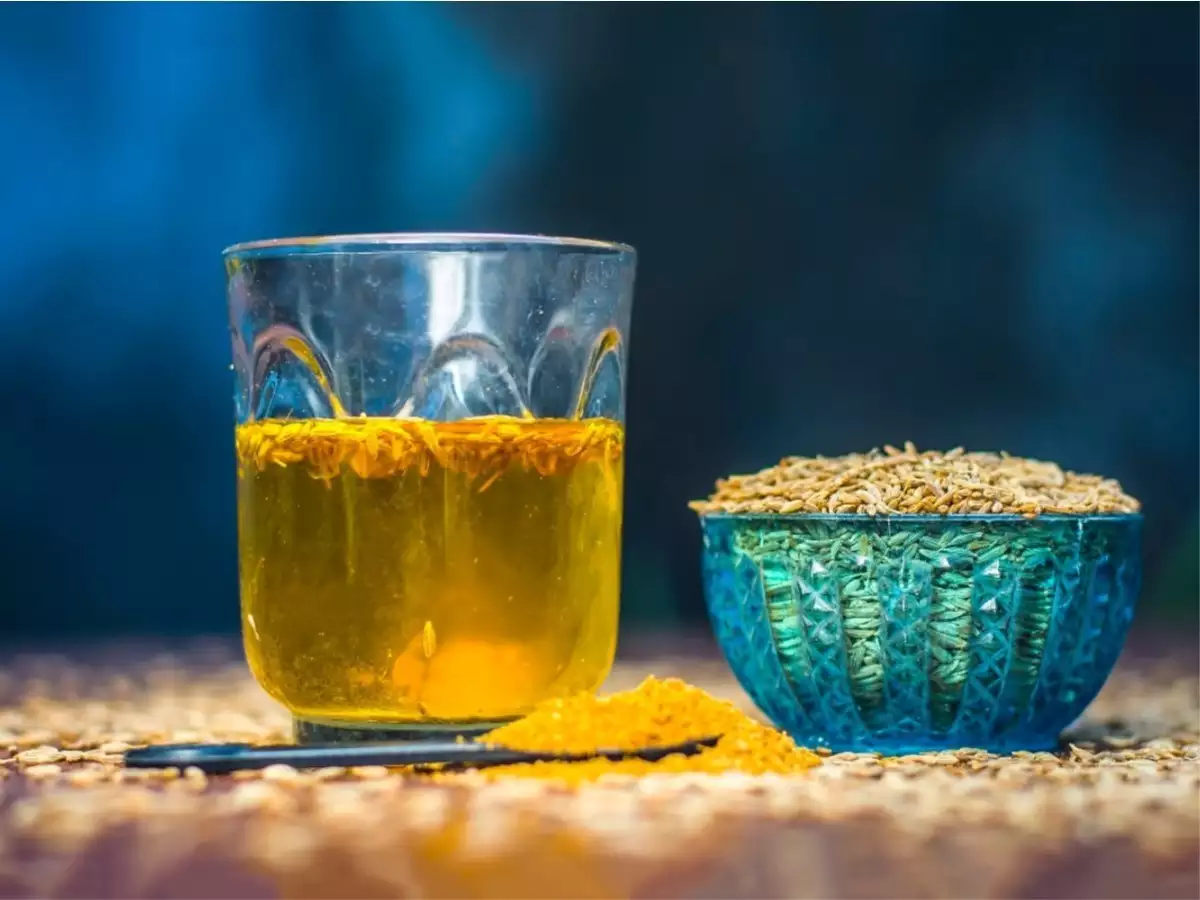Rain is beneficial for plants, but excessive amounts of moisture and water can also harm them. Plants can die from this. In the rainy season, there is a lot of water in the garden or the pots. In such a situation, by giving water to the plants, the moisture increases, due to which many times the plants die. Therefore, before giving water to the plants during the rainy season, it must be known that how much water is to be given to which plant and in what way, i.e. what are the rules for giving water.

Adequate moisture required
Rainwater is beneficial for plants, but in excess it tends to stagnate, causing root rot and death of plants. Many times by looking at the upper soil of the pot, we estimate whether there is enough water in the pot or not, but due to lack of knowledge of the correct amount of water, its excess or lack damages the plant. To avoid this problem, sufficient moisture is necessary for the plants, so it is also necessary to pay attention to water drainage to prevent waterlogging in the rainy season.
In the morning
To keep the plants green, it is very important to water them on time. Before giving water to the plants on rainy days, check the moisture by touching the soil of the pot with your finger. If the soil is wet then do not add water to the pot and if the soil is dry then give water to the plant. Better yet, water the plants in the morning. Watering plants at that time gives their soil plenty of time to absorb water and regulate moisture.

How much rain is in your area
Before watering your garden plants, check how much rain your area has received. Nowadays it rains at one place and not a single drop falls at a distance. Therefore, depending on the rainfall in your area, water the plants. If it is raining continuously then do not give water to the plants for a week or two, but if the rain is light then the plants may need water after a few days.
Pale yellow
Some symptoms are visible in the plants during the rainy season, such as if their leaves are soft and light yellow in them, which means that there is more water in the soil of the pot. In this situation, stop watering the plants completely, but if the plants are withering even after the rain or their leaves are continuously falling, then in such a situation it is necessary to water the plants.
Deep in the soil
Light showers do not reach deep into the soil and the soil looks wet from above but remains dry from below. So keep checking the soil moisture. You put your finger in the soil of the pot to a depth of one or two inches. Do not water the plants if the soil is wet and moist. If the soil looks dry, water the plant.

Water requirement of each plant
Agriculture and Horticulture expert Dr. Kuldeep Kumar Vishnoi says each plant has its water demand. The plants which bear flowers and fruits, their water demand is high. For those which we grow in pots, many diseases occur due to excess water and the plants dry up. If you plant two or three plants in place of one in a pot, then due to their high water demand, their wilting, wrapping of leaves, making different structures in round and round, etc. are the symptoms of lack of water. On the contrary, by giving more water, the growth of the plant stops and the leaves become yellow and soft and start falling. If there is excess water then it is necessary to take out the excess water from the pots.
(PC: Freepik)










